
Atlas Planning Solutions focuses on urban planning, climate adaptation, and hazard mitigation. Our focus is on successful client outcomes that result in building agency capacity, creating resilient places to live and work, and communities that thrive in this ever-changing landscape. Atlas Planning Solutions offers our clients a wide range of consulting services to help navigate their complex problems and issues. These include Hazard Mitigation Planning, Comprehensive Planning, Special Projects Consulting, and Technical Editing.
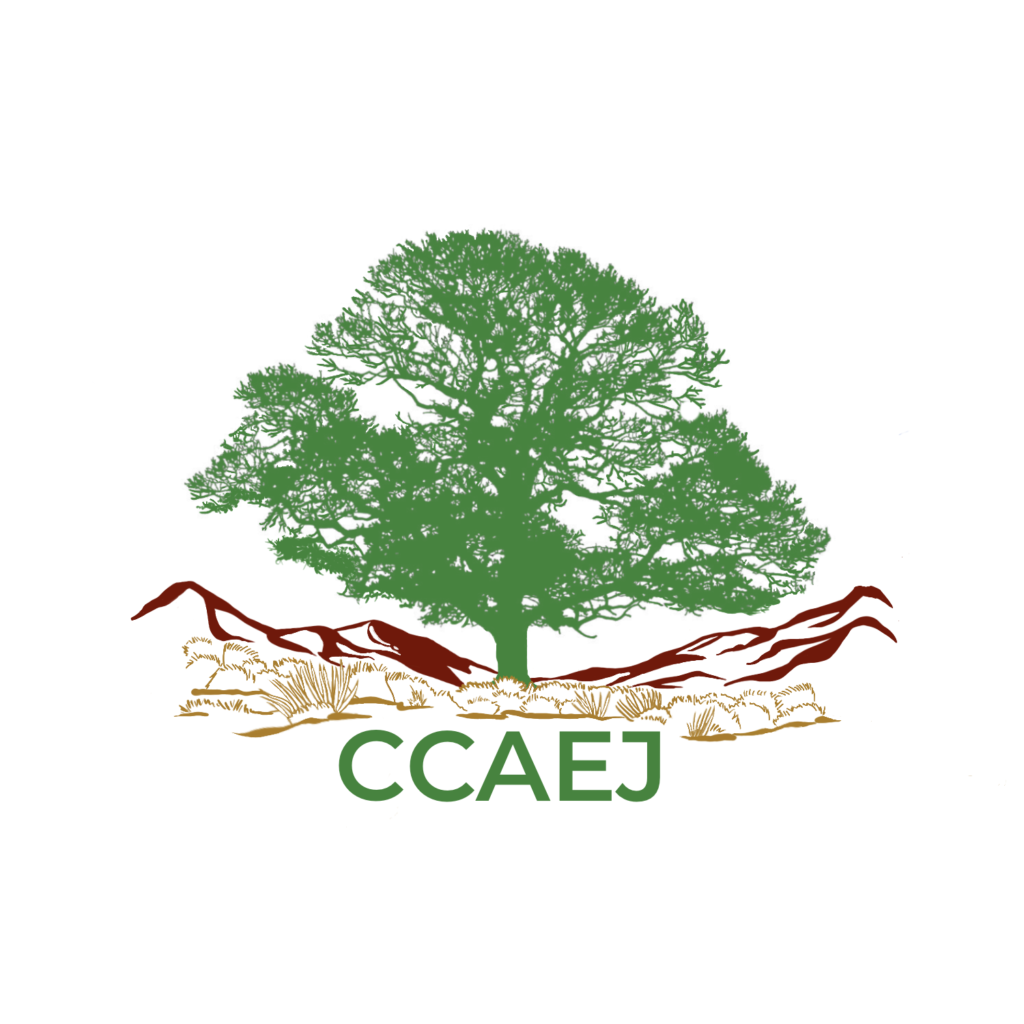
The Center for Community Action and Environmental Justice (CCAEJ) is a progressive, base-building, non-profit organization bringing communities together to find opportunities for cooperation, agreement, and problem-solving in improving their social and natural environment. Using the lens of environmental health to achieve social change, we work within communities to develop and sustain democratically based, participatory decision-making that promotes involvement of a diverse segment of the community in ways that empower the community.

Coachella is a business-friendly community with good proximity to local, regional, and interstate markets. Coca-Cola Bottling has a location there, and world-famous guitar maker Ernie Ball Music Man produces its strings in Coachella. Known as the City of Eternal Sunshine, Coachella saw its population double between 2000 and 2010 and continues to be one of the fastest-growing municipalities in California. The population of Coachella is 98 percent Hispanic.
With the famous music festivals nearby, Coachella has seen its name recognition and profile grow exponentially over the last decade. Coachella is also known for its heritage festivals and local casinos featuring live entertainment.
Agriculture is an important part of the local economy. Ninety-five percent of dates in the United States are produced in Coachella and its neighboring communities. Other major crops include grapes, citrus, corn, artichokes, peppers, and carrots. Seventy percent of the land in Coachella is still undeveloped.
The City of Coachella understands that housing is central to economic development—that housing is a catalyst for economic growth, job creation, and development. With the help of its nonprofit affordable housing partners, the city is currently in the process of constructing more than 161 affordable housing apartment homes. Building just 100 affordable homes generates $11.7 million in local income, 161 local jobs in the first year alone, and $2.2 million in taxes and other revenue for the city. The city will also be constructing more than 300 market-rate single-family homes in the next few years.
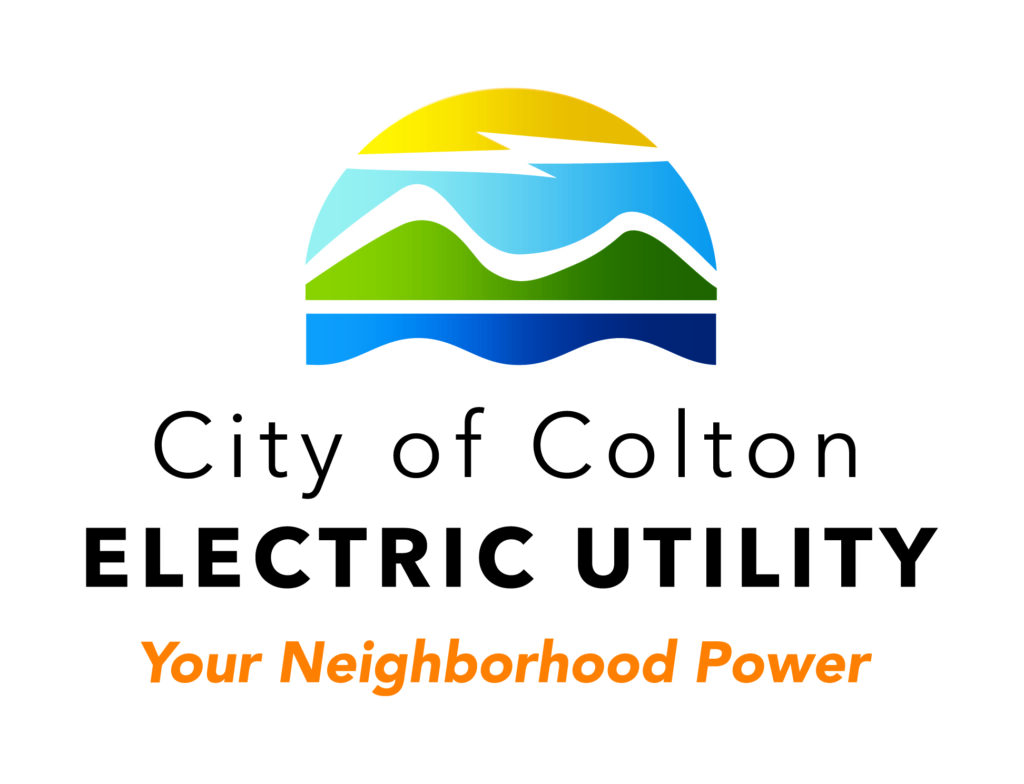
Fostering a Cleaner Greener Community
The City of Colton is dedicated to fostering a cleaner greener sustainable community through its efforts in energy efficiency, waste reduction and recycling, water conservation, green building initiatives, and electric vehicle infrastructure
The residents and businesses of Colton can all participate in the City’s sustainability efforts.
The City of Colton Climate Action Plan (CAP) (PDF) was adopted and approved on November 3, 2015, Resolution No R-119-15.
The CAP presents the Greenhouse gas (GHG) inventories, identifies the effectiveness of California initiatives to reduce GHG emissions, and identifies local measures that were selected by the City of Colton to reduce GHG emissions under the City’s jurisdictional control to achieve the City’s identified GHG reduction target.

Ontario Together is a community-driven movement to achieve measurable and sustainable neighborhood transformation through innovative implementation of GHG reduction projects through the $33.25 million Transformative Climate Communities (TCC) grant awarded by the California Strategic Growth Council.
This project encompases a slate of community-identified activities that have been woven together in a robust program to equitably build upon the strengths of our community and will advance long-term solutions.
Through a collaborative, community-based governance structure, we are implementing projects which add affordable housing, integrate a network of pedestrian/bicycle facilities with high quality public transportation options, increase energy conservation, enhance food security, and create high quality, green jobs.
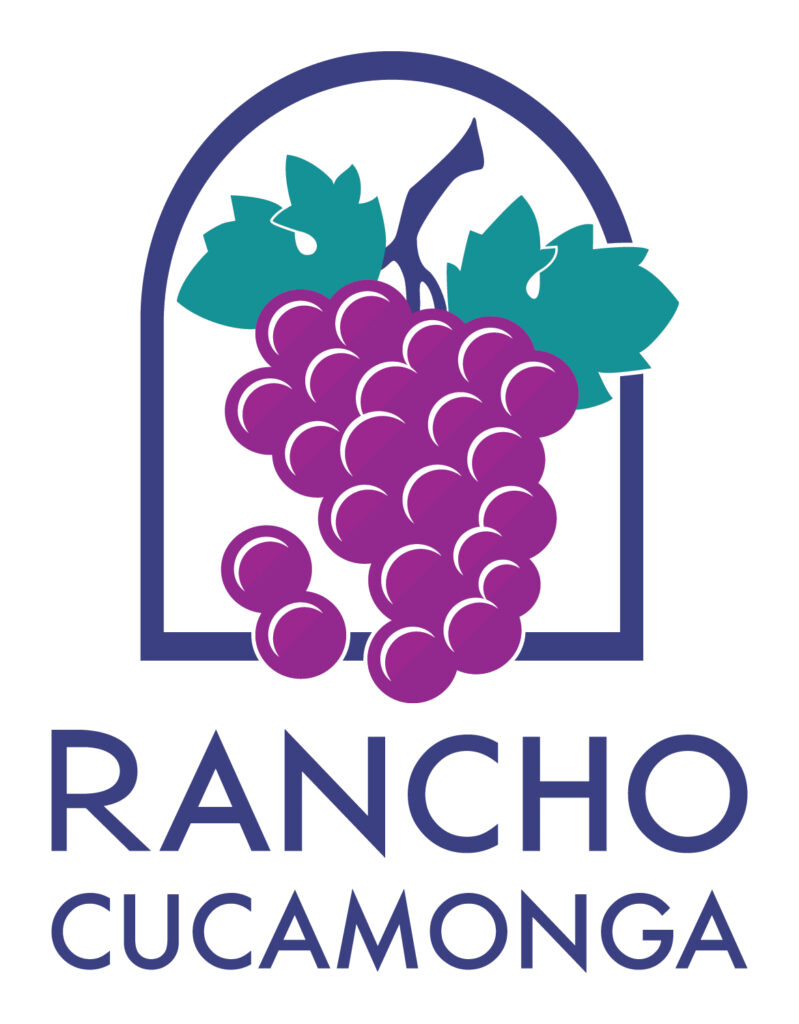
As a world class community, we aim to create a balanced, vibrant, and innovative city.
A Sustainable Community Action Plan was completed in April 2017 and it provides a roadmap for sustainability efforts.
The City of Rancho Cucamonga strives towards a healthy and sustainable community by adopting policies and implementing programs and strategies that advance the health and environmental sustainability in the community. Impressive accomplishments include expanding electric vehicle infrastructure, partnering with GRID Alternatives to install no-cost solar-powered systems for low-income families, installing over one megawatt of solar at city facilities, installing green bike lanes at key intersections throughout the city, and being a participant in the LEED for Cities cohort.
A Climate Action Plan is being developed within our General Plan update. This will provide framework as we strive towards future sustainability and resilience goals. The goal is to continue to develop and enhance our environmental sustainability efforts and network to ensure a high quality of life and access to a safe, clean environment.

“The City of Riverside’s Green Action Plan outlines strategies to improve air quality, reduce traffic congestion, increase accessibility and use of parks, and other ways to preserve the environment. At its essence, the plan is a community/city partnership with oversight by a committee of citizen volunteers who meet quarterly to evaluate progress.
Awarded the competitive Transformative Climate Communities Program (TCC) grant, the city will be implementing high-quality multimodal transportation, affordable housing, urban greening, solar energy, and workforce development training in its Eastside neighborhood over the next five years.”

The Leonard Transportation Center is conducting public policy research to achieve a more sustainable Inland Empire through improvements to the transportation system. In the 2020-21 academic year we are sponsoring, through the generous gift of the Bill and Barbara Leonard family, a student research challenge with the focus of defining and operationalizing the definition of a more sustainable and equitable transportation system in the IE. From the results of this research, we are focusing on sustainability policy solutions within public transportation, innovation and new technologies, and workforce development.
The Office of Sustainability’s vision is to build, operate and nurture a healthier more resilient community for the San Bernardino and Palm Desert campuses of CSUSB. It supports the university’s commitment to addressing climate change by providing a roadmap that considers economic, environmental and social activities across the institution. Resilient CSUSB outlines goals and actions that include climate adaptation and community capacity building to deal with climate events and extremes.

We are environmental planners, scientists and engineers who help clients plan, design and build projects that improve communities’ built and natural infrastructure. We are creative, pragmatic problem-solvers working at the intersection of science, engineering, regulations, and multiple stakeholders’ interest to help clients achieve project goals.
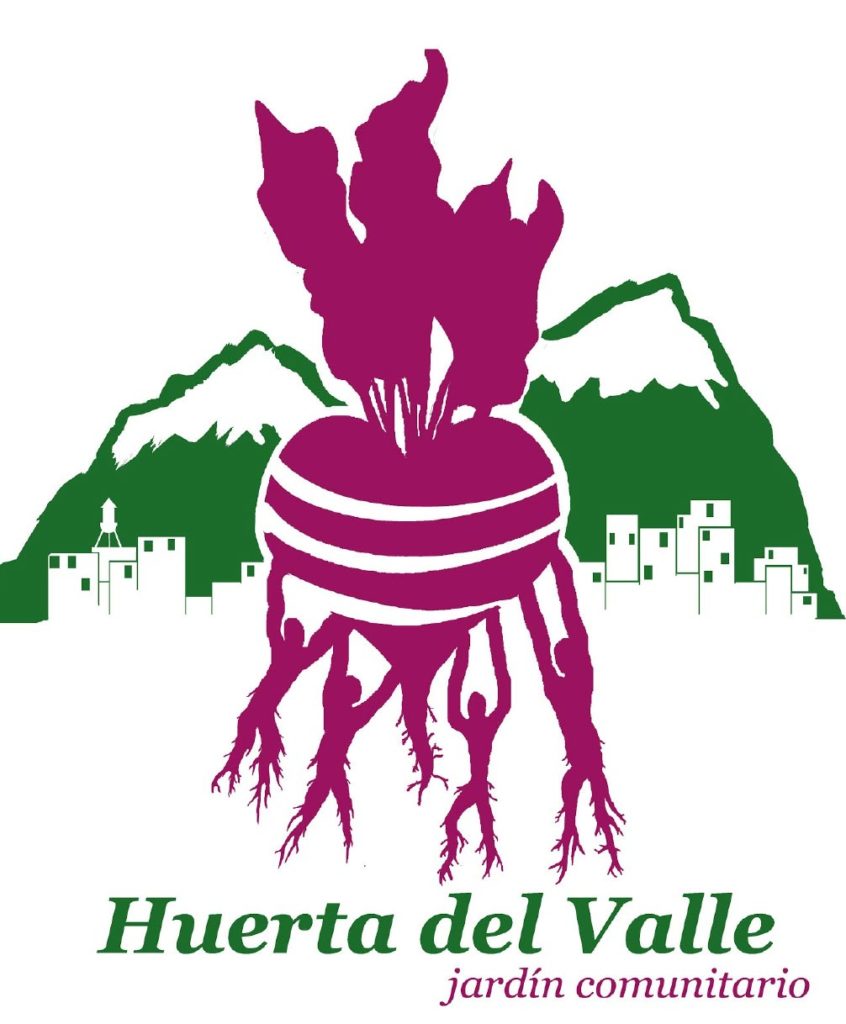
Huerta del Valle (HdV) is an urban agriculture non-profit based in Ontario, CA with satellite locations throughout the Inland Empire. With the vision of one garden in every mile of the Inland Empire, HdV carries out their mission by partnering with local agencies to manage lands for the purpose of sustainable agriculture and community wellness. HdV is working to build a sustainable and equitable food system in the IE. HdV currently manages four urban farm locations where food is grown for market sales and their CSA program. Huerta del Valle also serves as a place for community gatherings and education for youth and adults. Community empowering community.

Imperial County is a fertile desert oasis that spans over 500,000 acres of farmland. It has a rich agricultural heritage, which includes the production of half of our nation’s winter vegetables, an extensive amount of renewable resources, including geothermal, wind, and solar, a wide-range of cultural and outdoor recreational activities with hundreds of points of interest such as the Imperial Sand Dunes Recreation Area, a magnet for off-road enthusiasts, and the Sonny Bono Salton Sea National Wildlife Refuge, a renowned birding site, and a lively population with frequent family-oriented community events.

Founded in 1941, the Inland Empire Community Foundation is the oldest and largest community foundation serving the Inland region. We have deep roots here, and are committed to working with all who care passionately about improving our community. We come to the table with in-depth understanding of the IE and our nonprofit sector, extensive experience with our donors that can make a meaningful difference – now and in the future.

National CORE has built a reputation for taking on the toughest projects under the toughest of circumstances. Working closely with local governments, the business community, residents, neighbors and other stakeholders, we’ve developed nationally recognized showcase properties that exemplify the best of what communities can achieve.
Each project presents unique challenges and opportunities. But through our collaboration and our commitment, our stringent management practices and our expertise in transforming communities, we’ve seen entire neighborhoods come back from the ruin of crime, gangs, drugs and blight. We’ve helped hard-working families join in this transformation, moving from dependency to prosperity in communities they can at last proudly call their own.
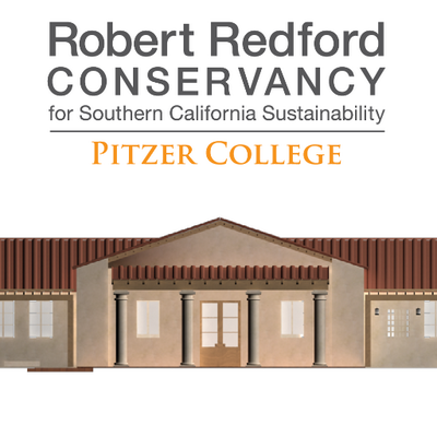
The Robert Redford Conservancy for Southern California Sustainability at Pitzer College works to:
- Educate and cultivate environmental scholars and stewards;
- Integrate and support Indigenous knowledge into programming and curriculum;
- Elevate the diverse face of environmental movements, leaders, and issues;
- Foster collaboration for socio-ecological justice and sustainability; and
- Build capacity and solutions to our region’s greatest environmental challenges.
By building local capacity for environmental justice and climate resilience, the Robert Redford Conservancy envisions the Inland Empire as a region for forward thinking conservation, sustainable agriculture, green innovation, and healthy, just, and equitable communities.
The Robert Redford Conservancy at Pitzer College is a member of numerous regional collaboratives and initiatives.
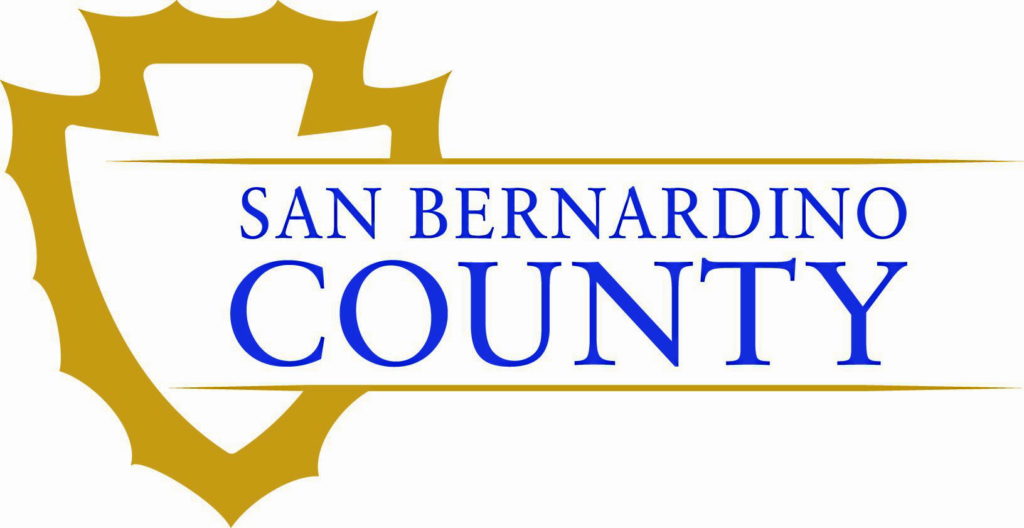
San Bernardino County is updating the General Plan with a more integrated and robust Countywide Plan. Elements of the County Policy Plan are the Built Environment, Resources and Conservation, Safety and Security, and Economy and Wellness. There are sections related to climate change adaptation and resiliency: Renewable Energy and Conservation Element, Greenhouse Gas Reduction Plan, Sustainable Communities Strategy, Wildfire Assessment, CEQA Traffic Thresholds, Climate Adaptation/Resiliency, Environmental Justice, Public Water Systems, and Natural Hazards.

Since its establishment as a cooperative association of governments in 1973, our agency was statutorily designated to serve in the following capacities:
- County Transportation Commission (1976) – Allocates and programs State and Federal funds for regional transportation projects throughout the county.
- Service Authority for Freeway Emergencies (1986) – Manages the system of call boxes on major highways throughout the county.
- County Transportation Authority (1989) – Administers the voter-approved half-cent transportation sales tax and provides major transportation improvements within the county.
- Congestion Management Agency (1990) – Implements the plan for addressing congestion and air quality related to transportation facilities throughout the county.

The Santa Ana Watershed Project Authority (SAWPA) was formed in 1968 as a joint powers authority under California law with the mission to develop and maintain regional plans, programs, and projects that will protect the Santa Ana River basin water resources to maximize beneficial uses within the watershed in an economically and environmentally responsible manner.
SAWPA focuses on a broad range of water resource issues including water supply reliability, water quality improvement, recycled water, wastewater treatment, groundwater management, and brine disposal. SAWPA is a leader in integrated watershed planning and advances innovative and sustainable initiatives to promote watershed resiliency.
SAWPA is composed of five member agencies: Eastern Municipal Water District, Inland Empire Utilities Agency, Orange County Water District, San Bernardino Valley Municipal Water District, and Western Municipal Water District.
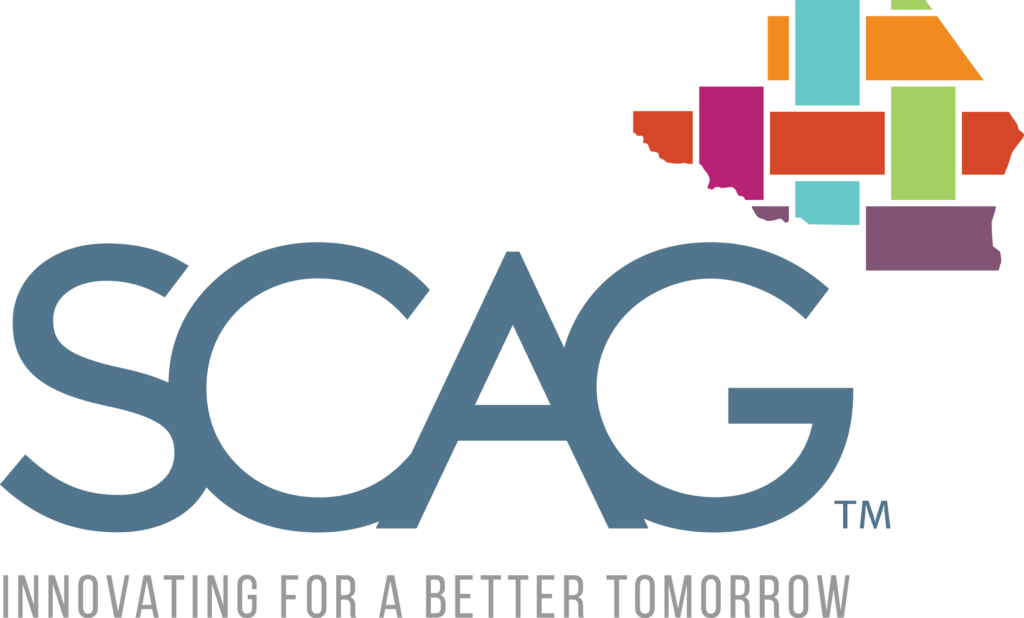
Founded in 1965, the Southern California Association of Governments (SCAG) is a Joint Powers Authority under California state law, established as an association of local governments and agencies that voluntarily convene as a forum to address regional issues. SCAG is the nation’s largest metropolitan planning organization, representing six counties, 191 cities and more than 19 million residents.
SCAG undertakes a variety of planning and policy initiatives to encourage a more sustainable Southern California. SCAG’s 2020 Regional Transportation Plan/Sustainable Communities Strategy, “Connect SoCal,” aims to balance future mobility and housing needs with economic, environmental, and public health goals and includes goals to support implementation of sustainability policies and promote a green region. To advance these goals, SCAG developed the Regional Climate Adaptation Framework to assist local jurisdictions in managing the negative impacts of climate change. Additionally, SCAG also aims to develop a Regional Resilience Framework to improve the agency’s understanding of resilience across the Southern California region.

An Edison International company, Southern California Edison is one of the nation’s largest electric utilities, serving a population of approximately 15 million via 5 million customer accounts in a 50,000-square-mile service area within Central, Coastal and Southern California.
A significant portion of SCE customers live in environmental and social justice (ESJ) communities, which are vulnerable to climate change and other threats, and face more challenges than other communities in accessing clean energy. We’re bringing more clean and renewable sources of energy to Southern California. From energy storage to transportation electrification, our employees are working on innovative projects that will help cut emissions and greenhouse gases to provide cleaner air for everyone, prioritizing support for ESJ communities in our programs and services.
We are also looking ahead to create a 21st century power network that can handle California’s changing energy needs. Sophisticated technologies will be delivering electricity more reliably than ever, keeping outages to a minimum, and facilitating our customers’ choices in adopting new technologies to generate their own energy and monitoring and controlling their overall usage.

The Bourns College of Engineering, Center for Environmental Research & Technology (CE-CERT)’s mission is to be a recognized leader in environmental education, a collaborator with industry and government to improve the technical basis for regulations and policy, a creative source of new technology, and a contributor to a better understanding of the environment. Established in 1992 and now operating as the largest research center at the University of California at Riverside, CE-CERT brings together multiple disciplines throughout campus to address society’s most pressing environmental challenges in air quality, climate change, energy, and transportation. CE-CERT’s activities encompass all three aspects of the University of California’s overarching mission: research, education, and public service.

The Center for Social Innovation focuses on five key areas: Civic Engagement, Economic Mobility, Immigrant Integration, Leadership & Entrepreneurship, and Place Making. Specific to our work in Inland Southern California, our activities in collaborative research, policy innovation, and narrative change are aimed to more fully realize the region’s potential in terms of its civic activities, philanthropic investments, and growing nonprofit sector.

The Office of Sustainability works to implement policies and programs aimed at reporting and reducing resource usage and greenhouse gas emissions. Our programs showcase the environmental, economic and sociocultural relationships required to mitigate the impending climate crisis and meet our current and future needs.

The Environmental Studies program at the University of Redlands encourages students to examine the relationship between humans and the natural environment from a variety of perspectives, drawn from the natural and earth sciences, social sciences, and the arts and humanities. We have a distinct Environmental Studies Department with dedicated, full-time faculty – we seek to promote critical and integrative thinking, with an eye toward sustainability as the organizing central concept. We are interdisciplinary not only in what we teach but also in the training and interests of our faculty. We believe that learning is best achieved by doing, and so we engage as often as possible with our ecologically and topographically diverse region, including mountain, forest, desert, ocean, and even urban, constructed environments.
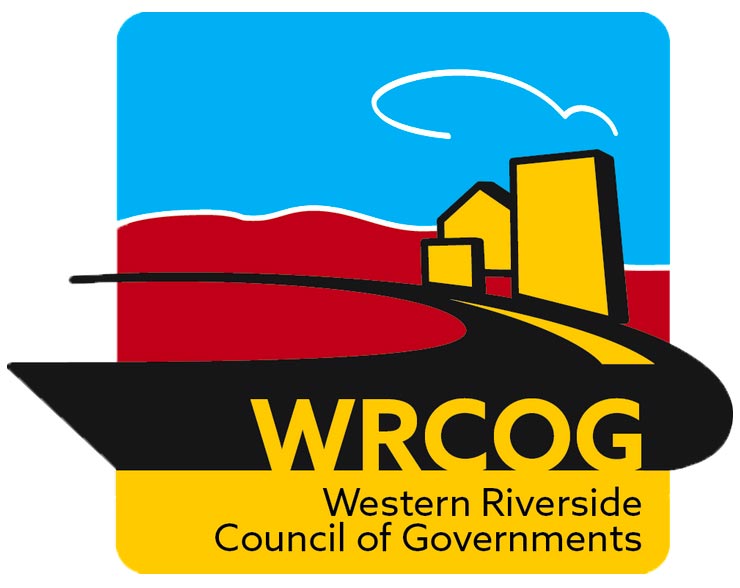
WRCOG values sustainability and its importance to the region and we continue to expand our climate resilient efforts with a variety of projects and programs that include:
- Resilient IE works to support regional and local efforts to prepare for and mitigate risks associated with climate adaptation on the region’s transportation infrastructure, which includes: subregional vulnerability assessments and adaptation strategies; City-level, climate-related transportation hazards and evacuation maps; a regionally-tailored climate resilient transportation infrastructure guidebook; and a template regional climate adaptation and resiliency element
- Climate Action Plan – The CAP Update will include a comprehensive update to greenhouse gas (GHG) inventories and GHG emissions reduction strategies for all sectors and establishes GHG targets for the year 2050 for all WRCOG member jurisdictions.
